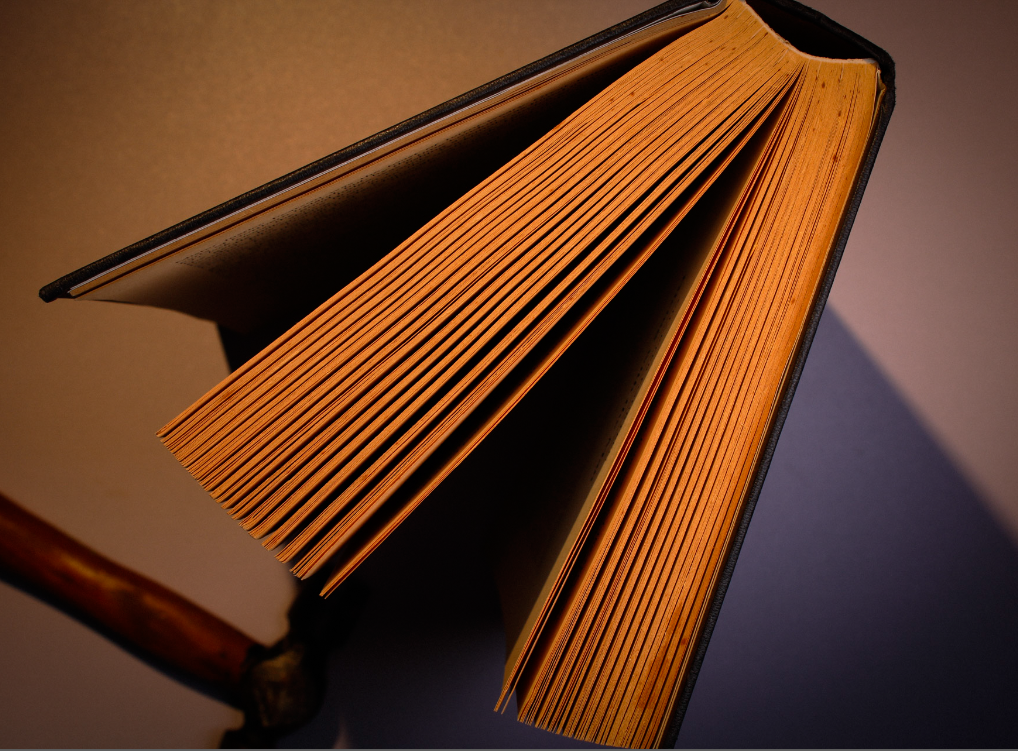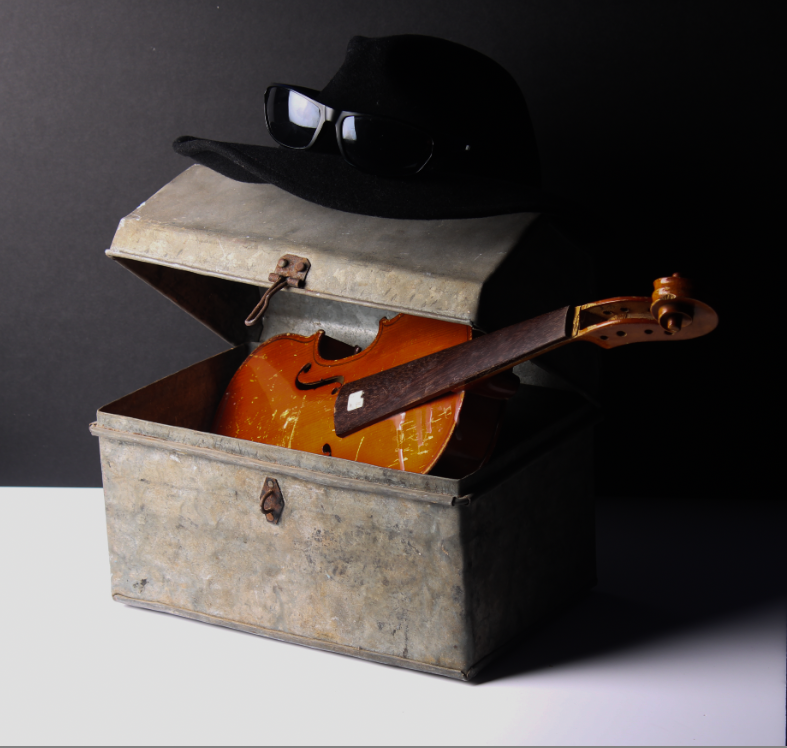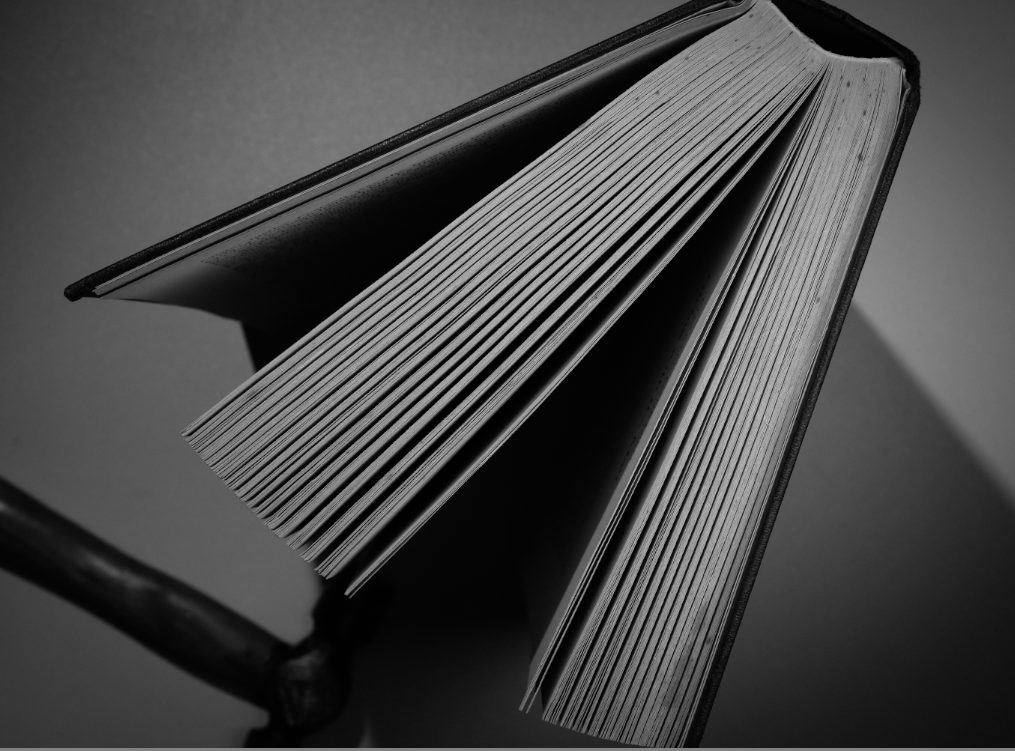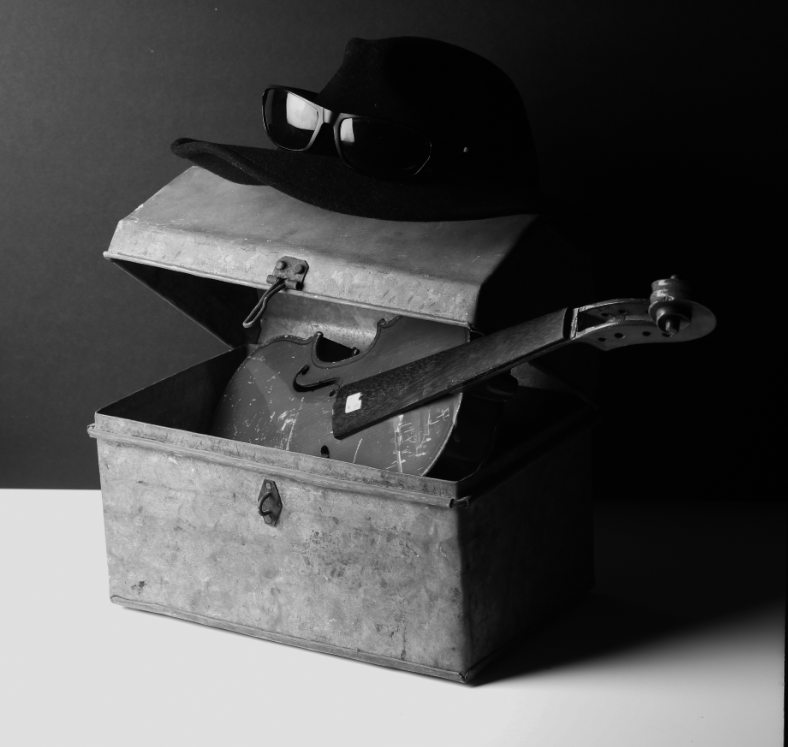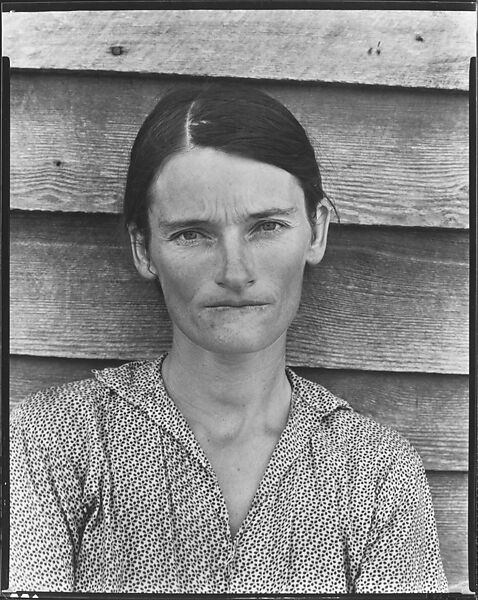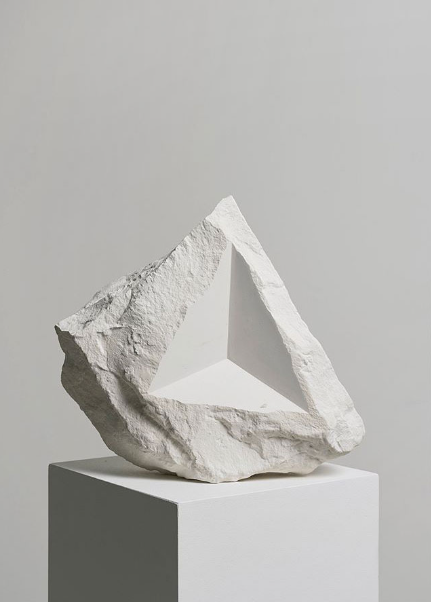Walker Evans was greatly influenced by Darren Harvey-Regan as they both paid close attention to the choice of objects, composition, lighting and exposure levels.
Walker Evans
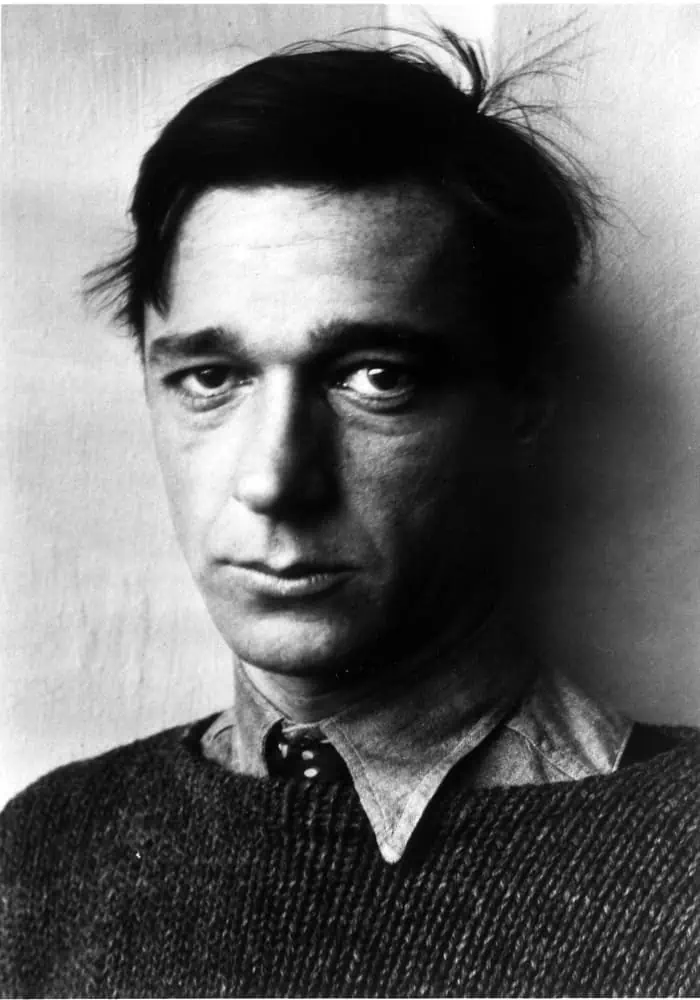
Walker Evans began photography in the late 1920’s, taking his first snapshots while on his trip to Europe. Then on his return to New York he produced his first set of images. He was best know for taking photographs during the Great Depression, as he was mostly recognised for his documentary and social realism style. Evans then went onto produce his first Portfolio in 1955 called, Beauties of the Common Tool where it features day-to-day objects. The simplicity of only one object displayed, creates this engaging and immersing feature for the viewer, as he wants you to see them for yourself in a different way.
Beauties of the Common Tools
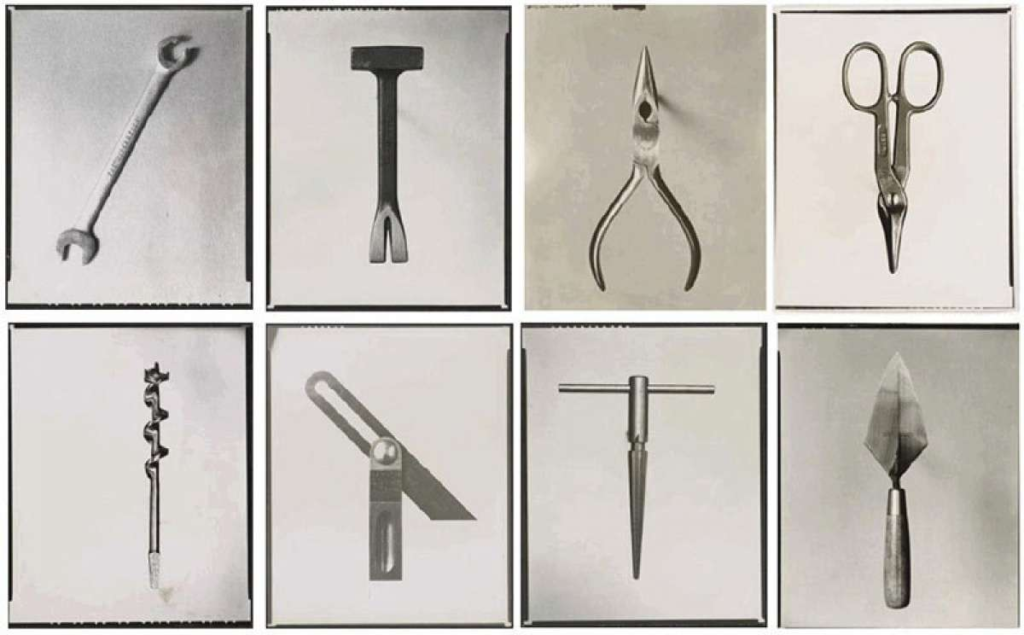
Walker Evans shows simplistic everyday objects displayed in black and white, which creates unique forms and interesting exposure as we get more out of the object. This is effective because he turns the objects into something that’s more distinct and eye catching, rather than just photographing basic tools.
Darren Harvey-Regan
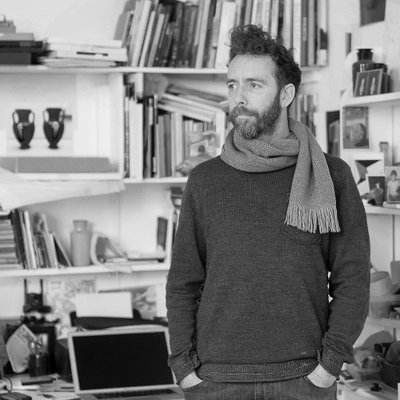
Like Walker Evans, Harvey-Regan was interested in the concept that photographs do not exist just to show things, but are physical things that become objects themselves. Harvey- Regan first created montages of Walker Evan’s work, where he would find matching tools, cut them in half and rejoin them to create his final work. The objects he would find were both interesting and unusual as this would engage the viewer and overall make it more distinct.
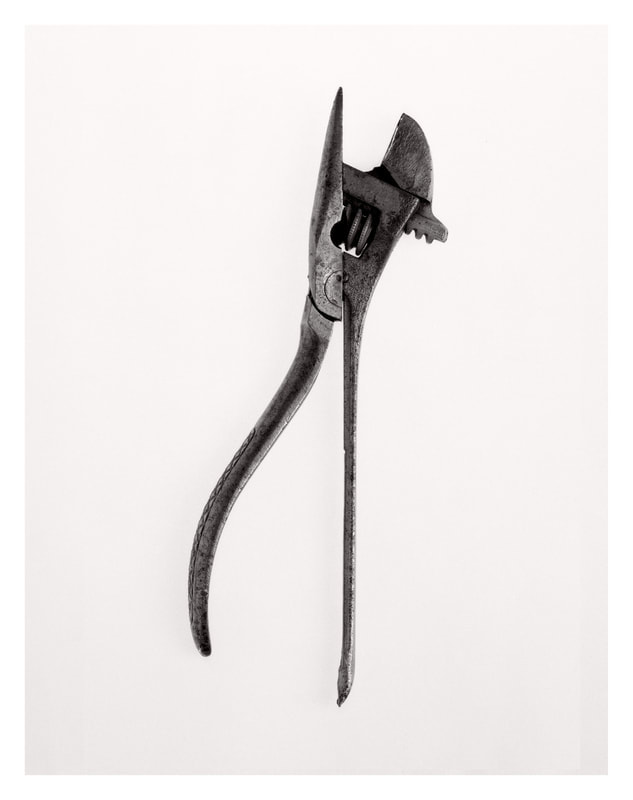

Harvey-Regan finds photography that photographs objects, whilst the overall photo being an object itself, an interesting concept as it creates a deeper meaning making it more interesting to the viewer. I think it overall creates a unique formation as it makes you look closer at the photo creating a deeper meaning. Overall, I think it is a very interesting concept, the simple but effective photographs straight away gets your attention, with the a-symmetrical and unusual objects it creates this deeper meaning making all of your attention focus on the unique formation. I like how it looks like one object but when you look closer you notice two, I think this is a really unique and interesting effect because it creates this different formation.


